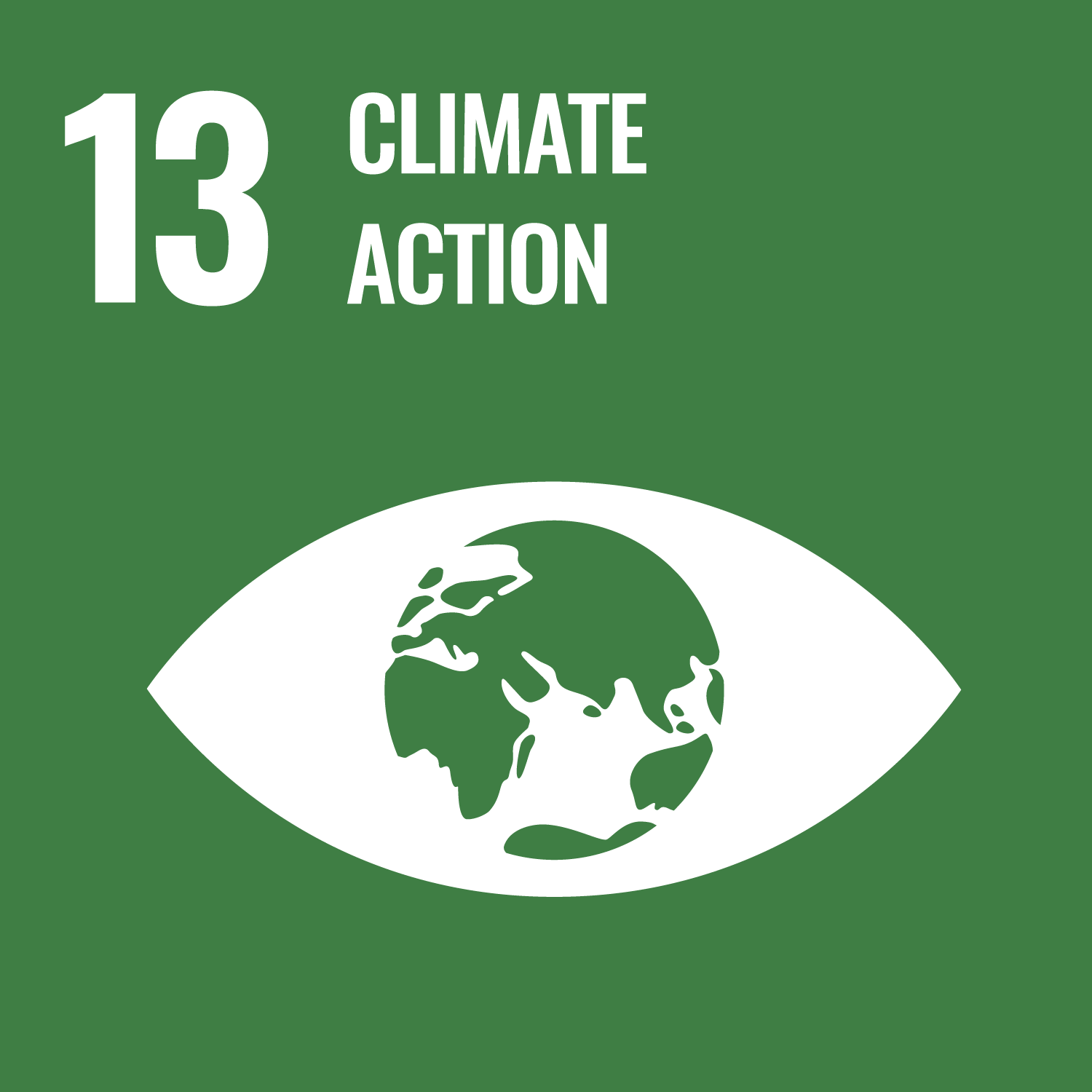Pollard, O.G., Barlow, N.L.M. orcid.org/0000-0002-2713-2543, Gregoire, L.J. et al. (1 more author) (2024) Relative sea-level sensitivity in the Eurasian region to Earth and ice-sheet model uncertainty during the Last Interglacial. Quaternary Science Reviews, 343. 108908. ISSN 0277-3791
Abstract
Fingerprinting the source and rate of the melt of polar ice sheets during the Last Interglacial is a key research challenge. This is reliant on high-quality relative sea-level constraints, and the correction of this data for the effects of glacial isostatic adjustment driven by ice sheet cover changes prior to the interglacial. However, both the spatial and temporal evolution of past ice sheets and the Earth’s rheological structure that serve as inputs to glacial isostatic adjustment predictions are significantly uncertain. This study sets out to determine the relative influence of each of these inputs on modelled values of Last Interglacial relative sea levels and how this influence varies spatially. To answer this question, we use a palaeo ice-sheet model and a gravitationally consistent glacial isostatic adjustment model. We develop new numerical tools to generate plausible ice-sheet extent and histories, quantify relative sea-level uncertainty, and perform a Sobol sensitivity analysis facilitated by the use of Gaussian process emulation. We find that Earth model parameters are the dominant contributors to relative sea-level uncertainty in most Eurasian regions, but that relative sea-level values in the Barents-Kara Sea are most influenced by ice-sheet loading, while the timing of the deglaciation has the greatest impact in the Baltic Sea. Our results show that the magnitude and rate of relative sea-level change is relatively insensitive to the specific timing of ice-sheet retreat, as well as the configuration of the far-field North American ice sheet. Overall, our work suggests that the coastlines of the southern North Sea and the English Channel are least influenced by relative sea-level uncertainty and are the most suitable for future data collection studies aiming to limit the influence of glacial isostatic adjustment.
Metadata
| Item Type: | Article |
|---|---|
| Authors/Creators: |
|
| Copyright, Publisher and Additional Information: | © 2024 The Author(s). Published by Elsevier Ltd. This is an open access article under the CC BY license (http://creativecommons.org/licenses/by/4.0/) |
| Keywords: | Glacial isostatic adjustment; Last Interglacial; Sensitivity analysis; Relative sea level; Penultimate Deglaciation; Gaussian process emulation; Eurasian ice sheet |
| Dates: |
|
| Institution: | The University of Leeds |
| Academic Units: | The University of Leeds > Faculty of Environment (Leeds) > School of Earth and Environment (Leeds) > Earth Surface Science Institute (ESSI) (Leeds) |
| Funding Information: | Funder Grant number EU - European Union 802281 |
| Depositing User: | Symplectic Publications |
| Date Deposited: | 10 Sep 2024 15:30 |
| Last Modified: | 10 Sep 2024 15:30 |
| Status: | Published |
| Publisher: | Elsevier |
| Identification Number: | 10.1016/j.quascirev.2024.108908 |
| Related URLs: | |
| Sustainable Development Goals: | |
| Open Archives Initiative ID (OAI ID): | oai:eprints.whiterose.ac.uk:217019 |
Download
Filename: 1-s2.0-S0277379124004098-main.pdf
Licence: CC-BY 4.0


 CORE (COnnecting REpositories)
CORE (COnnecting REpositories) CORE (COnnecting REpositories)
CORE (COnnecting REpositories)